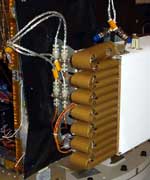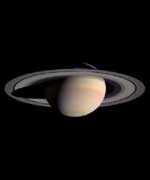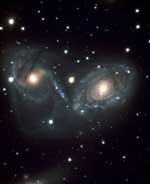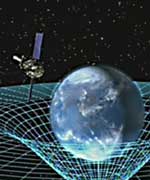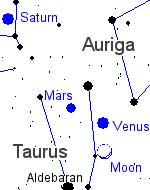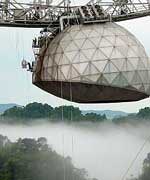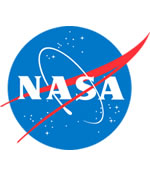
The NASA program that offers cash prizes for the development of new capabilities to help meet the agency’s exploration and program goals is conducting its first workshop June 15-16 at the Hilton Hotel, Washington.
Centennial Challenges is a novel program of challenges, competitions, and prizes. NASA plans to tap the innovative talents of the nation to make revolutionary, breakthrough advances to support Vision for Space Exploration and other NASA priorities.
“Centennial Challenges is a small but potentially high-leverage investment by NASA to help address some of our most difficult hurdles in research and exploration,” said NASA Administrator Sean O’Keefe. “I look forward to stimulating competitions and very innovative wins that advance the nation’s Vision for Space Exploration,” he added.
The goal of Centennial Challenges is to stimulate innovation in fundamental technologies, robotic capabilities, and very low-cost space missions by establishing prize purses for specific achievements in technical areas of interest to NASA. By making awards based on achievements, not proposals, NASA hopes to bring innovative solutions from academia, industry, and the public to bear on solar system exploration and other technical challenges.
“From 18th century seafaring, early 20th century aviation to today’s private sector space flight, prizes have played a key role in spurring new achievements in science, technology, engineering, and exploration,” said Craig Steidle, NASA’s Associate Administrator for Exploration Systems. “The Centennial Challenges Program is modeled on the successful history of past prize contests, and I am proud the Office of Exploration Systems is shepherding this path-finding program for NASA,” he added.
“This workshop will help NASA develop challenges that are of high value to the agency,” said Brant Sponberg, Centennial Challenges Program Manager. “The workshop also will provide input into what challenges NASA announces this year and next year and what the rules for those competitions will be. It should be an invigorating way to lay the groundwork for this exciting program,” he said.
NASA invites individuals and organizations interested in competing to attend the 2004 Centennial Challenges Workshop. The agenda and registration information for the workshop is available on the Internet at:
http://www.tisconferences.com/nasa_centennial/
NASA plans annual Centennial Challenges workshops. For information about the program on the Internet, visit:
Original Source: NASA News Release

